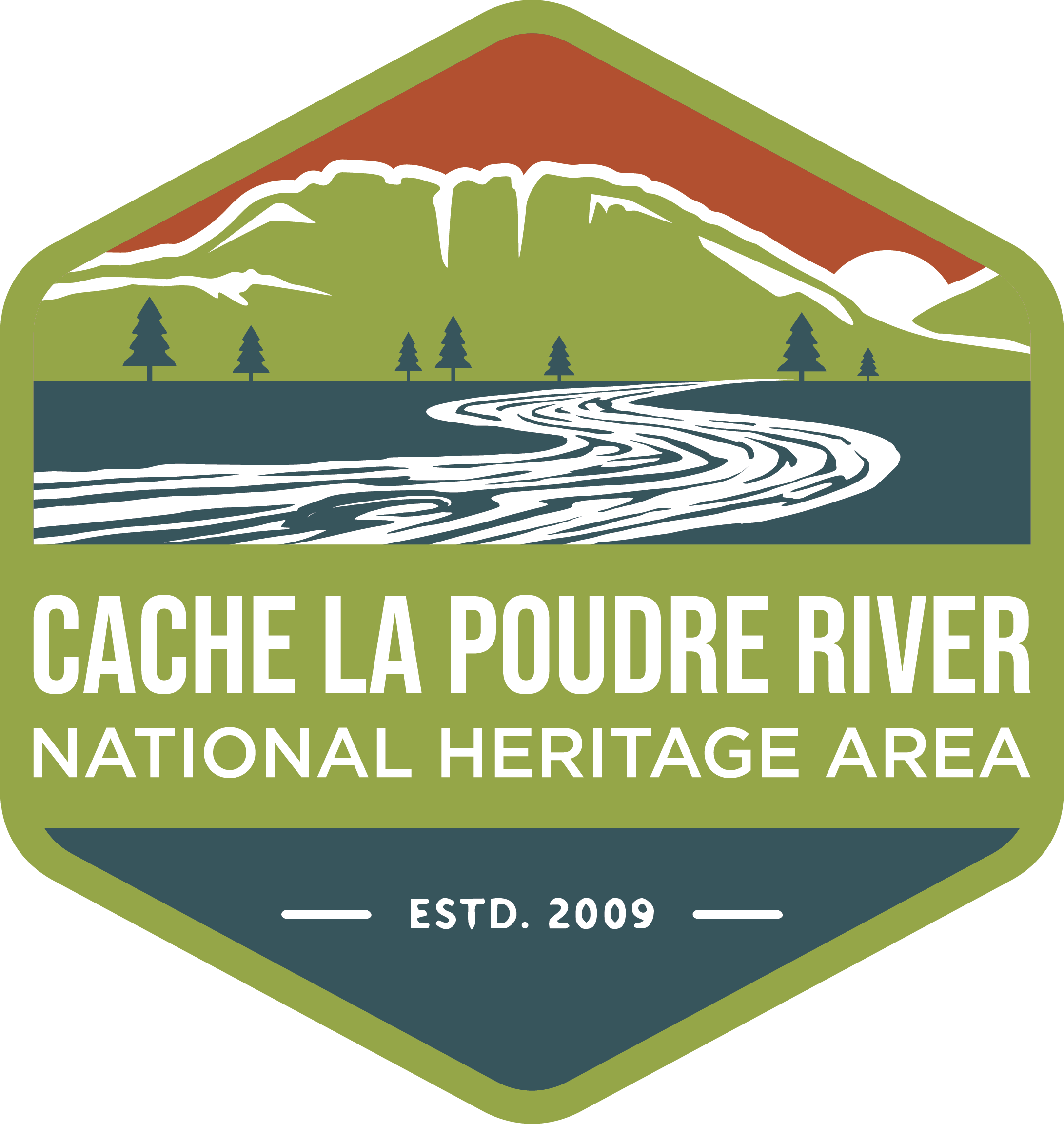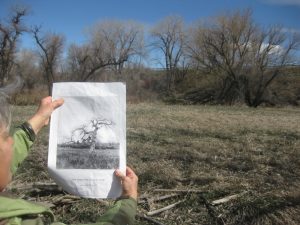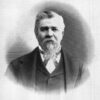May 30, 2017
The Poudre Heritage Alliance (PHA) and the Cache la Poudre River National Heritage Area (CALA) have given out their large grant awards for 2017 to the following local projects: the Historic Windmill installation and interpretation at Centennial Village in Greeley; the restoration of the James Ross Proving-up House at the Farm at Lee Martinez Park in Fort Collins; and the Nature Rides Program through the Growing Project and the Boys and Girls Club in Northwest Fort Collins. The total award to all three recipients will equal $29,212 out of PHA’s budget, which largely originates from federal funding sources. See below for more information about these projects:
Historic Windmill Installation: Centennial Village Museum, established as a Centennial-Bicentennial community project in 1976 adjacent to Island Grove Regional Park in Greeley, CO, was designed as a living history site to interpret the architectural and cultural heritage of Greeley, Weld County and northeastern Colorado, The Historic Windmill project would repair and re-install a Steel Eclipse Type WG (worm gear) Fairbanks-Morse and Company windmill that includes a stock tank with a recirculating water system in the High Plains section of the Village. The windmill interprets the delivery of water for domestic use, stock raising, and irrigating crops in the rural irrigated and dryland districts of Weld County. An interpretive panel adjacent to the windmill plus curriculum materials for presentations at the annual spring and fall History festivals at the Village will be developed as a part of this project.
Proving-up House Restoration: Saved from demolition in 2005, the City of Fort Collins moved the historic 1890 James Ross “proving-up” house to storage until an appropriate permanent placement for educational purposes could be found. The only documented proving-up house known to exist in Larimer County, the Ross House has survived for 127 years. The Homestead Act of 1862 was adopted to get vast government lands west of the Mississippi into private hands for settlement and development. The Act mandated homesteaders had to build a small dwelling, live in it, improve the land, and after five years, for an $18 filing fee, they owned that quarter section of land. These houses, sometimes called “claim or filing shanties” often had no foundation and were portable, to be able to “prove-up” other holdings. Last fall, the Ross House was relocated to The Farm at Lee Martinez Park along the Cache la Poudre River in Fort Collins, where it will be restored and interpreted for the enjoyment and education of all citizens.
Nature Rides Program: The Growing Project (TGP) is developing a new, educational program that connects youth from The Boys and Girls Club to natural areas in Northwest Fort Collins for activities related to the watershed and local ecology with Growing Project educators and experts. TGP will work with Bike Fort Collins and the Bike Co-op to secure bikes and bicycle education for youth participants to ride from their facilities to the natural areas with TGP staff. Part of programming will include occasional service days that will partner with The City of Fort Collins to do clean up in the natural areas and learn about river health from City experts. Youth will also have the opportunity to invite family members on these rides.
More about CALA and PHA: The Cache la Poudre River National Heritage Area is one of 49 National Heritage Areas (NHA) in the United States. NHAs are places where natural, cultural, historic, and scenic resources combine to form a cohesive, nationally distinctive landscape arising from patterns of human activity shaped by geography. CALA stretches 45 miles along the curves and bends of the hard-working Poudre River from the eastern border of the rugged Roosevelt National Forest, down through the blossoming cities of Fort Collins, Windsor, and Greeley, until the vital water resource conjoins with the South Platte River in the Colorado eastern plains. As the managing organization behind CALA, the Poudre Heritage Alliance serves the local communities of Larimer and Weld County by building a deeper understanding of the Poudre River’s national significance as it relates to water law and water management. PHA and CALA bring together residents, private organizations, and government entities behind this common goal, while also enticing tourists with the recreational, environmental, and historical points of interest throughout the Heritage Area. PHA programs and initiatives that support these efforts include volunteer trainings, grant-funded projects, and outreach events that help educate people about water history and the importance of the Poudre River corridor today.
For more information about PHA or CALA, please contact the Poudre Heritage Alliance Office
at admin@poudreheritage.org or 970-295-4851.








